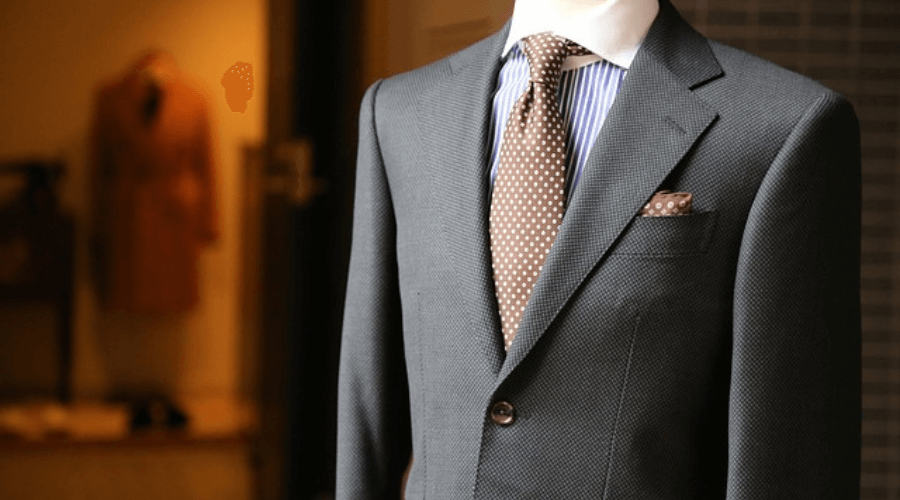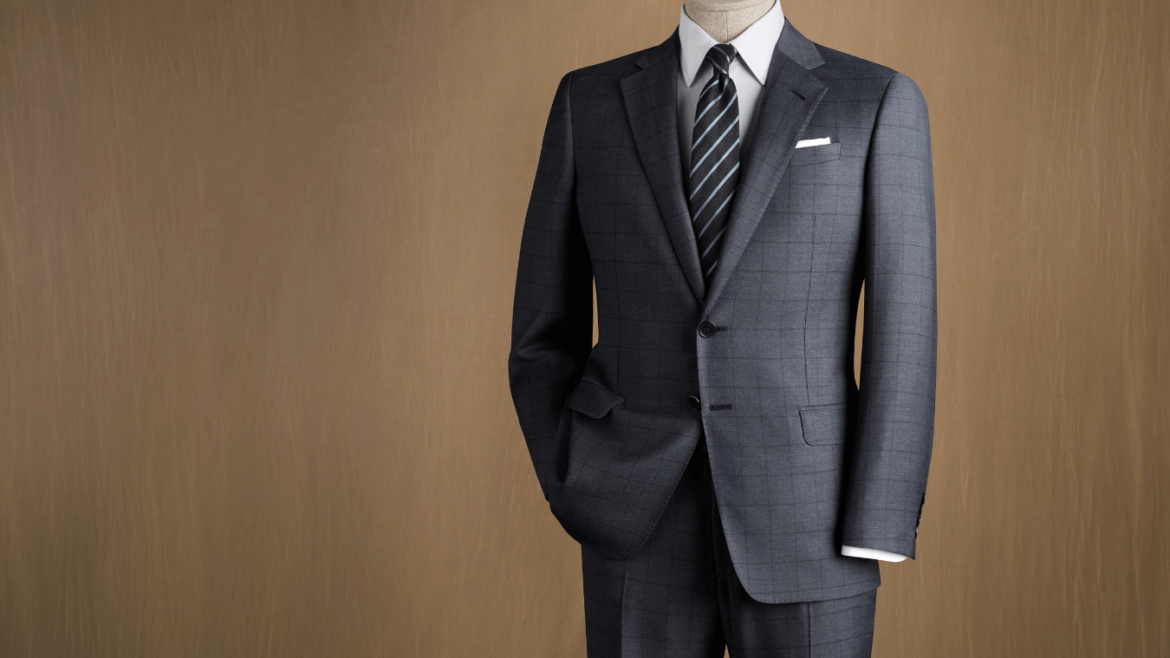Sartorial means relating to clothes and to the way they are made or worn.
Bespoke Suits for Formal Occasions: A Timeless Tradition of Elegance
The bespoke suit for formal occasions is a timeless and cherished attire in Western men’s fashion. This classic ensemble, comprising a coordinated coat, trousers, and waistcoat, has maintained its appeal for over four centuries, experiencing periodic shifts in popularity.
The essence of a bespoke suit lies in the meticulous selection of its fabric. Tailors in Dubai specializing in bespoke suits offer an extensive array of opulent materials sourced from across the globe. Ranging from top-tier wool and cashmere blends to the finest silk and linen fabrics, every element is meticulously considered to ensure that the final product not only fits impeccably but also delivers a sumptuous feel against the wearer’s skin.
The creation of bespoke suits for formal occasions is deeply rooted in sartorial traditions, a facet revered in various cultures. These traditions encompass not only the suit’s design and style but also encompass the careful consideration of fabrics, colors, and accessories. A bespoke suit tailored to perfection is the epitome of elegance and is well-suited for formal affairs.
Bespoke Suits for Formal Occasions: A Timeless Tradition of Elegance
British Tradition:

British sensibilities have played an influential role in world clothing since the 18th century.
Particularly during the Victorian era, British fashions defined acceptable dress for men of business.
The British are famous for their classic and conservation approach to tailoring. Fabrics like tweed and worsted wool are common choices. Classic colors like navy, gray, and black are popular for formal events. Accessories like ties, pocket squares, and cufflinks are frequently used to add a touch of individuality. Bespoke suits in the British tradition are characterized by their structured shoulders, nipped waist, and a single-breasted design with notch lapels.
French Tradition:

French culture was historically shaped by Celtic, Roman, and Germanic cultures. French culture has played a vital role in shaping world arts, cultures, and sciences.
French suits tend to have a balanced silhouette with a slight emphasis on the waist. French tailoring combines elements of both British and Italian styles. French tailoring places a strong emphasis on quality and elegance. Fabrics like wool and cashmere are popular choices, and neutral colors like navy and charcoal are often preferred for formal events.
Today, French style can be described as sophisticated and fashionable. A typical outfit may include dresses or suits with long coats and scarves.
Asian Tradition:

The culture of Asia encompasses the collective and diverse customs and traditions of art, architecture, music, literature, lifestyle, philosophy, politics and religion that have been practiced and maintained by the numerous ethnic groups of the continent of Asia since prehistory.
Asian cultures have their own unique approaches to formal attire. For example, in India, the sherwani is a popular choice for grooms and other formal occasions, with intricate embroidery and rich fabrics. In Japan, the traditional kimono has been adapted into modern formalwear, often worn with hakama pants.
Italian Tradition:

Italian tailoring is known for its emphasis on a slim, elegant silhouette and luxurious fabrics. Italians are also known for their bold use of colors, including shades of blue, brown, and even lighter pastels. Suits in the Italian tradition are often unstructured, with minimal padding in the shoulders, giving a more natural drape. Double-breasted suits with peak lapels are favoured for formal occasions. High-quality wool, silk, and linen are commonly used fabrics.
Middle Eastern Tradition:

The fashion and clothing of the Middle east represents an evolution of historical and political change and a mixture of influences that has enriched and modernized its diverse cultures and produced a custom of dress both progressive and yet true to its traditional design identities.
Middle Eastern formal attire often includes the thobe or dishdasha, a long robe-like garment. These can vary in style and decoration depending on the country and the occasion. In more formal settings, men might opt for tailored suits made from luxurious fabrics, often in dark or neutral colors. Traditional accessories like the kufiya or agal might also be worn as part of the ensemble.
Furthermore, contemporary fashion trends and globalization have led to a blending of these traditions, resulting in unique and hybrid styles that cater to individual preferences and modern sensibilities.
Distinct fashions can be traced back to particular regions, the overall effect is a vast collection of clothing traditions adapted and adjusted to new social orders, local climates, and activities. These geographical and cultural variations reflect a complex set of relations between historical change and clothing practices as markers of changing identity over time, including differences relating to gender, age, wealth, and religious status.
Follow us on Instagram! for latest updates.

